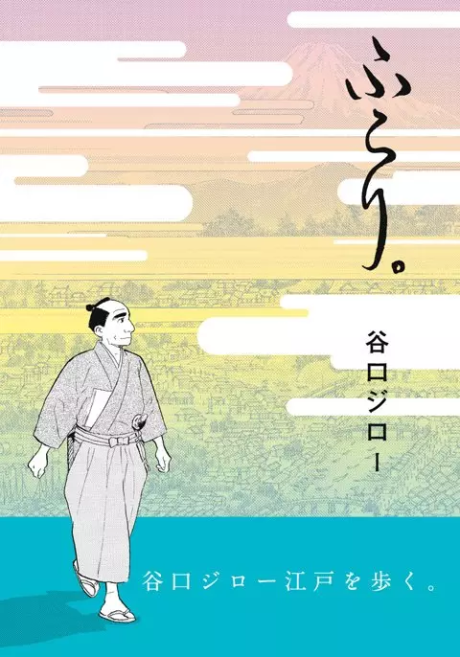Furari.
Slowly but surely he takes a promenade through Edo. “Furari” could be translated as ‘aimlessly’, ‘at random’, ‘bend with the wind’ or ‘go with the flow’. But our stroller this time leaves nothing to chance. Jiro Taniguchi returns with this delightful and insightful tale of life in a Japan long forgotten. Inspired by an historical figure, Tadataka Ino (1745 – 1818), Taniguchi invites us to join this unnamed but appealing and picturesque figure as he strolls through the various districts of Edo, the ancient Tokyo, with its thousand little pleasures. Now retired from business he surveys, measures, draws and takes notes whilst giving free rein to his taste for simple poetry and his inexhaustible capacity for wonder.
...
Description
Slowly but surely he takes a promenade through Edo. “Furari” could be translated as ‘aimlessly’, ‘at random’, ‘bend with the wind’ or ‘go with the flow’. But our stroller this time leaves nothing to chance. Jiro Taniguchi returns with this delightful and insightful tale of life in a Japan long forgotten. Inspired by an historical figure, Tadataka Ino (1745 – 1818), Taniguchi invites us to join this unnamed but appealing and picturesque figure as he strolls through the various districts of Edo, the ancient Tokyo, with its thousand little pleasures. Now retired from business he surveys, measures, draws and takes notes whilst giving free rein to his taste for simple poetry and his inexhaustible capacity for wonder.
As he did in The times of Botchan with lead character the writer Soseki, Taniguchi slips easily into the heart and mind of this early cartographer and reveals his world to us in full graphic detail so we may fully perceive and understand.
(Source: Ponent Mon)
